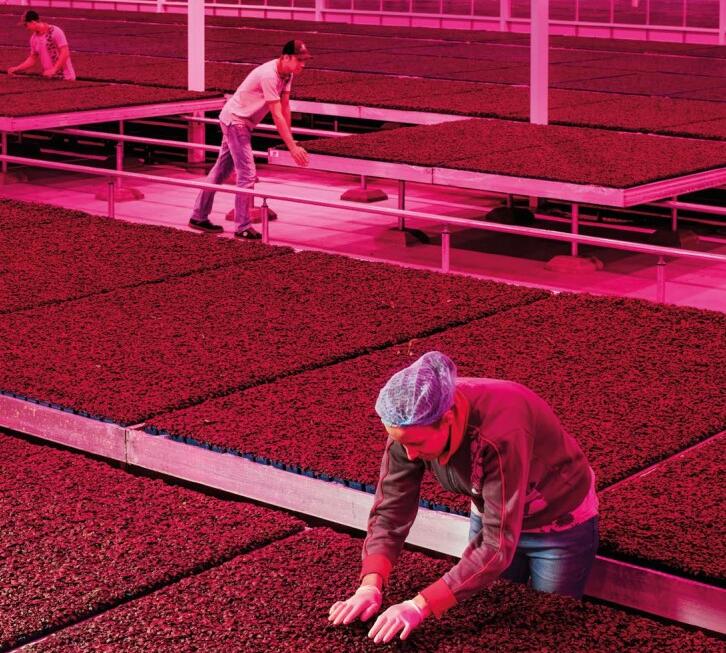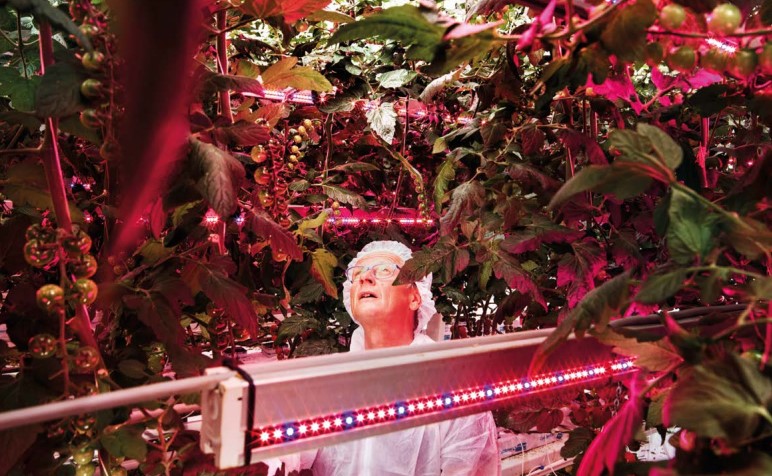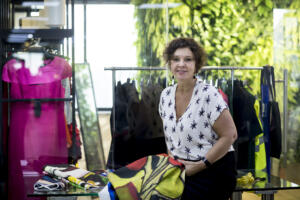The Netherlands – A Country Circular by Design
March 30, 2023
The Netherlands is currently 24.5% circular, but with targeted strategies in key sectors, such as agriculture, construction, energy, and manufacturing, the country could triple its Circular Metric to reach 70%. The government has set ambitious goals to halve the consumption of raw materials by 2030 and to achieve a fully circular economy by 2050. The government has launched a national plan titled “A Circular Economy in the Netherlands by 2050,” which outlines a 360-degree vision for the successful implementation of the circular economy. The plan includes three goals: using raw materials more efficiently to decrease demand, using renewable and sustainable raw materials, and developing new manufacturing methods and circular products.
Renewable Matters, an Italian magazine with English and Italian editions, published an article by Antonella Ilaria Totaro, a circular economy and sustainability expert with years of experience
between The Netherlands and Italy. The article was initially published at Renewable Matters on March 1, 2023.
Find a summary of the key points below!

"The Netherlands is at the cutting edge in the race to circularity, thanks to partnerships between the government, public authorities, research institutes, environmental organisations, and industrial actors."
Antonella Ilaria Totaro, researcher in Innovation for the Circular Economy at Università degli Studi di Torino
Talking Points
Transition agendas and implementation programme
The Dutch government and over 400 organizations signed a letter of intent in 2017 to implement a National Agreement on the Circular Economy, focusing on five priority sectors. The agreement resulted in the development of Transition Agendas that address issues related to extended producer responsibility, legislation, regulations, innovation, and more. The Circular Economy Implementation Programme 2019-2023 was launched in 2019, followed by the publication of a report on the Dutch economy’s circular businesses and related jobs. The implementation of circular initiatives, such as the Concrete Agreement Netherlands and the Plastic Pact NL, has yielded positive results, with tangible outcomes such as the province-by-province mapping of circular economy plans and the Denim Deal. The Dutch model is based on collaboration, sharing best practices, and taking a systemic approach to sustainability.
In the words of Freek van Eijk, director of Holland Circular Hotspot (HCH), “The circular economy is part of our DNA. We live in one of the most vulnerable delta regions of the planet. Since the Middle Ages, we have had to work to keep our lands dry. This has made us collaborative and innovative. We are a country that has no resources, so it makes a lot of sense to keep the ones we have in circulation. We started working on waste management in 1875, first from a hygiene standpoint, then from an environmental one, and then with a view to the entire value chain. Now, we do it from a systemic perspective”.
van Eijk continues “if we consider indicators like the utilization rate of circular materials and the latest EU statistics, The Netherlands is at the leading edge in Europe. We have the highest utilization rate for circular materials, and we are doing good things, but we are aware that there is still a lot of work to be done. The country’s Circularity Gap score is the highest measured thus far, at 24.5 percent, but that implies that in 75.5 percent of cases, we are not circular. We face a huge challenge ahead, with lots of room for improvement, but it is necessary to work on all fronts with a national strategy, with the various roadmaps and local incentives at the level of individual councils, with public and private bodies working together to find shared, pioneering solutions.”
The need for binding policies and EU regulations
The Netherlands recycles 80% of its waste, but the total quantity of natural resources used has remained unchanged since 2010. The Integral Circular Economy Report (ICER) for The Netherlands states that a more binding policy approach will be required to achieve a fully circular economy by 2050, including taxation, legislation, standardization, and the inclusion of negative externalities in product and service prices. The report highlights the importance of EU regulations on extended producer responsibility, product design, and repair. The Dutch government is working with other nations and multistakeholder platforms to develop innovations and start conversations at the European and global levels.

Source: Renewable Matter magazine
Entrepreneurial spirit
The Netherlands is combining economy and sustainability in new business models, facing the circular transition with practicality and decisiveness. The majority of Dutch companies with a circular approach focus on repair, recycling, and reuse.
There is also increased attention towards innovations that could radically improve the efficient use of natural resources. Innovative businesses, startups, scientific research, subsidies, and Dutch circular economy projects are mostly technological in character.
The fashion and textiles sector is making considerable steps forward in a circular direction thanks to public and private initiatives.
These include many Dutch companies, such as MUD Jeans, a certified denim brand that produces and rents out jeans made from 40 per cent recycled content, LENA, a clothing library, Waste2Wear, which creates innovative products from recycled plastic; and Fruitleather, which has invented a leather-like fabric manufactured using fruit residues.




